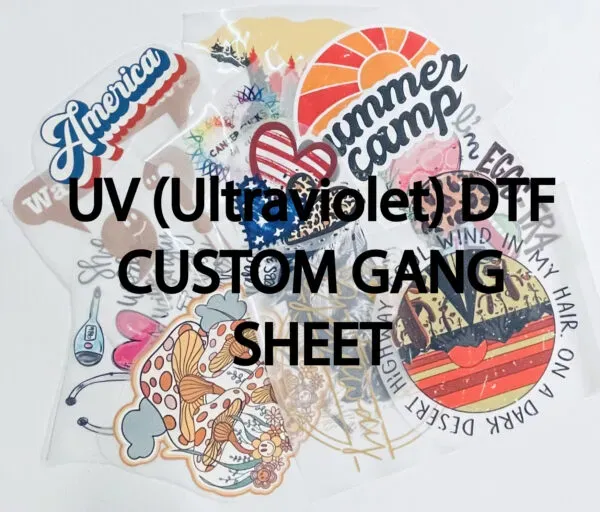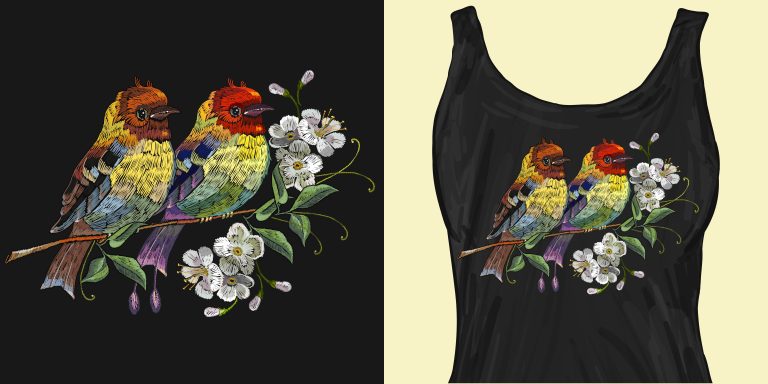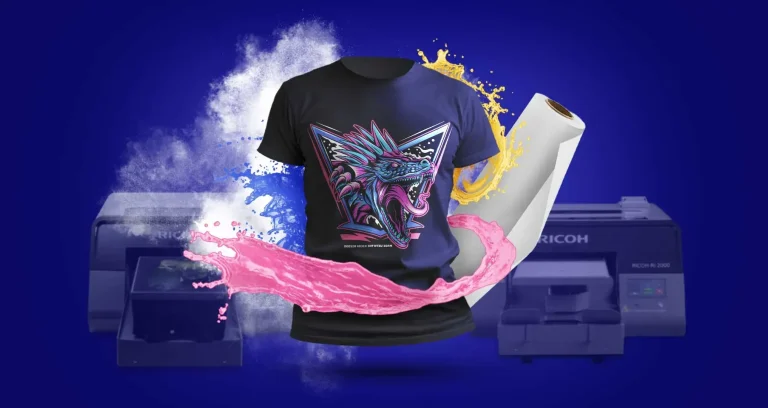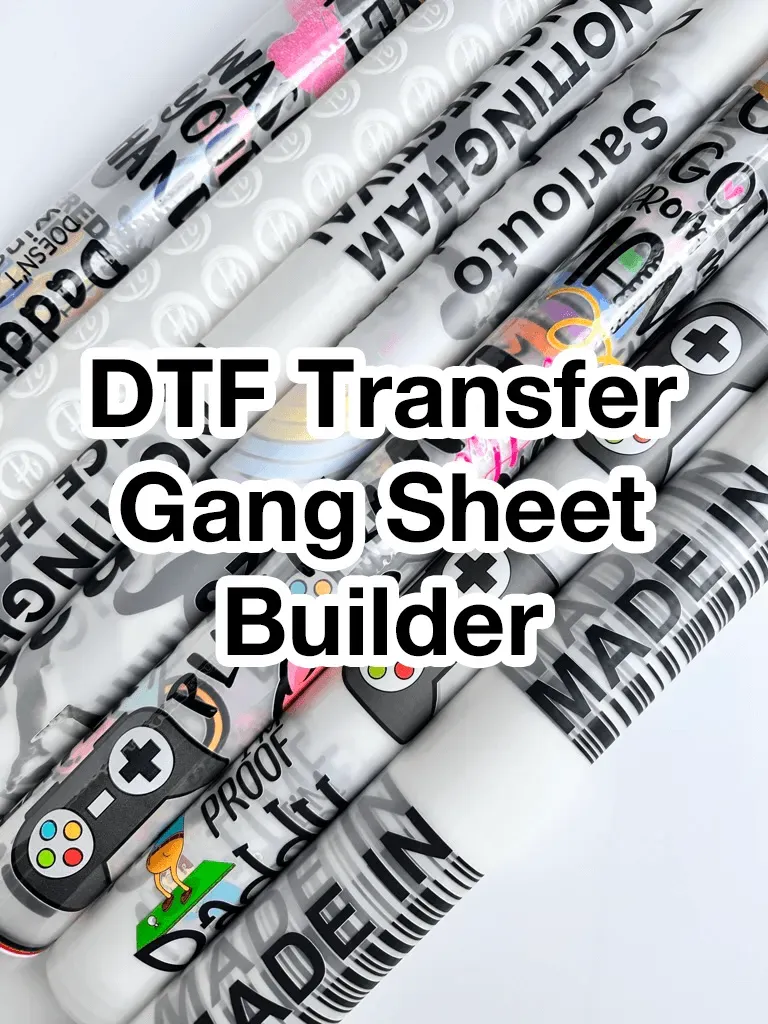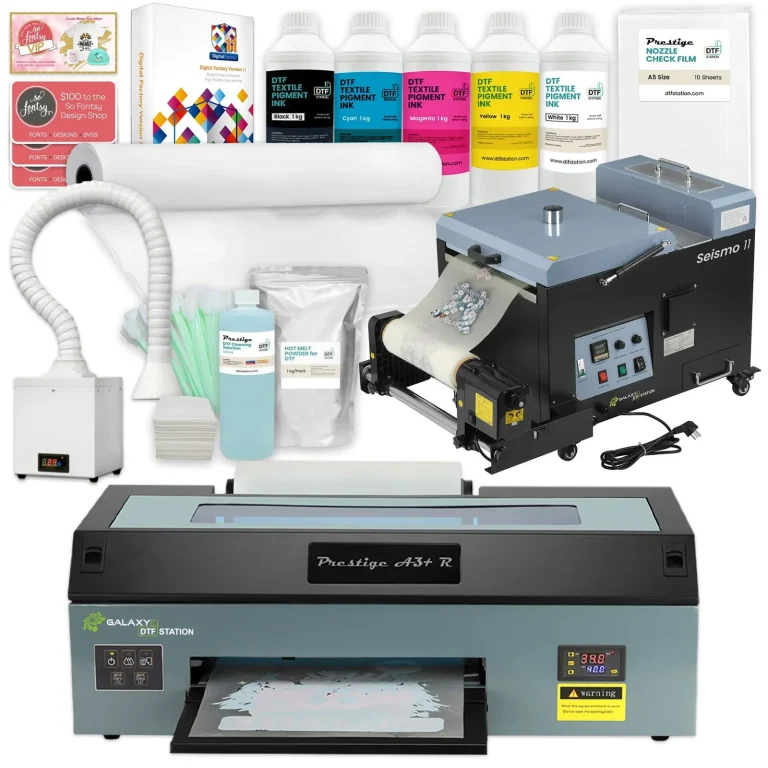DTF Printing: The Advantages Over Screen Printing
DTF printing, or Direct to Film printing, is revolutionizing the textile industry with its innovative approach to design transfer. This advanced printing method offers numerous advantages, especially when compared to traditional techniques like screen printing. By utilizing a unique process where designs are printed on a specialized film before being transferred onto various materials, businesses can achieve stunning results with greater ease and efficiency. Some key benefits of DTF printing include its versatility across different substrates, enhanced detail and color vibrancy, and a more eco-friendly approach. If you’re exploring the advantages of DTF printing for your next project, you’ll soon discover that it could be the perfect solution to elevate your brand’s offering.
In the realm of textile production, the term ‘Direct to Film printing’ refers to a cutting-edge technique that has gained popularity in recent years. Often contrasted with methods like screen printing and Direct to Garment (DTG) printing, this approach enables designers to transfer images directly from a film onto fabrics, providing an array of creative opportunities. With its ability to produce high-quality prints across diverse materials, the benefits of DTF printing resonate with businesses seeking efficiency and aesthetic appeal. This technology not only streamlines the printing process, eliminating many of the tedious steps associated with traditional methods but also aligns with the growing demand for sustainable practices in the printing industry.
Understanding the DTF Printing Process
The DTF printing process involves printing unique designs onto a special film, which is then transferred to the intended material using heat and pressure. This method capitalizes on high-quality, water-based inks that not only produce vibrant colors but also ensure the accuracy of intricate details in designs. Businesses can leverage this process for a broad range of products, including apparel and home decor, allowing for creative freedom and customization.
One of the defining features of the DTF printing process is its adaptability to different fabrics. Unlike traditional printing methods that may need specific setups for various materials, DTF allows for seamless transitions between different substrates. This versatility opens up opportunities for manufacturers and designers alike, enabling them to explore diverse ideas without being hindered by the limitations of conventional techniques.
Frequently Asked Questions
What are the advantages of DTF printing compared to screen printing?
The advantages of DTF printing over screen printing include versatility in materials, enhanced detail and color vibrancy, cost-effectiveness for small runs, eco-friendly inks, faster turnaround times, and ease of application. DTF printing allows for designs on various substrates without extensive setup changes, offers rich colors, reduces costs for small batches, utilizes water-based inks to lower environmental impact, and provides quicker production with strong adhesion.
How does DTF printing stand out in the DTF vs screen printing debate?
In the DTF vs screen printing debate, DTF printing stands out due to its flexibility, allowing for high-resolution designs on multiple fabric types without changing screens. It provides vibrant colors and intricate patterns, making it ideal for businesses requiring detailed prints. Additionally, DTF printing offers lower setup costs, making it more feasible for small orders compared to the labor-intensive process of screen printing.
What are the key benefits of DTF printing for small businesses?
The key benefits of DTF printing for small businesses include lower setup costs that make small runs economical, high-quality prints with vibrant colors and intricate designs, and faster turnaround times. This allows small businesses to cater to niche markets or custom orders without the high initial investment needed for screen printing.
Can DTF printing incorporate eco-friendly practices?
Yes, DTF printing can incorporate eco-friendly practices by using water-based inks that are less hazardous compared to the solvent-based inks often used in screen printing. This reduces the environmental impact, making DTF printing a sustainable choice for businesses aiming to meet consumer demand for greener practices.
What is the DTF printing process like in terms of application?
The DTF printing process involves printing designs onto a special film, which is then transferred onto textiles using heat and pressure. This method ensures excellent adhesion and durability, making DTF prints long-lasting and suitable for various materials, providing consistent quality in the final product.
How does DTF printing enhance design quality compared to traditional printing methods?
DTF printing enhances design quality by allowing for high-resolution graphics and a wide color gamut, resulting in vibrant, eye-catching visuals. This capability to produce detailed and intricate designs is often challenging to achieve through traditional methods like screen printing, making DTF a preferred choice for businesses focused on aesthetics.
| Key Advantage | Description |
|---|---|
| Versatility in Material Use | Compatible with various substrates including cotton, polyester, and blends without extensive setup changes. |
| Enhanced Detail and Color Vibrancy | Produces high-resolution graphics and a wide color gamut, offering vibrant designs that stand out. |
| Cost-Effectiveness for Small Runs | Lower setup costs allow for economically viable small batch printing, ideal for niche markets. |
| Eco-Friendly Options | Utilizes water-based inks, reducing hazardous chemicals and appealing to environmentally conscious consumers. |
| Faster Turnaround Times | Digital processes allow quick production, ideal for fast-paced retail environments. |
| Ease of Application | Excellent adhesion properties ensure durability and reliability, enhancing customer satisfaction. |
Summary
DTF printing stands out as a transformative technology in the textile printing market, offering numerous advantages over traditional methods like screen printing. From its remarkable versatility to its vibrant color outputs, DTF printing caters to a wide range of materials and ensures high-quality designs that can elevate any product. It not only reduces costs for small runs but also supports eco-friendly practices, addressing consumer demand for sustainability. In today’s competitive landscape, the efficient turnaround times and ease of application make DTF printing an indispensable choice for businesses aiming to thrive. Embracing DTF technology presents a profound opportunity for innovation, setting the stage for growth and success in the custom printing industry.


